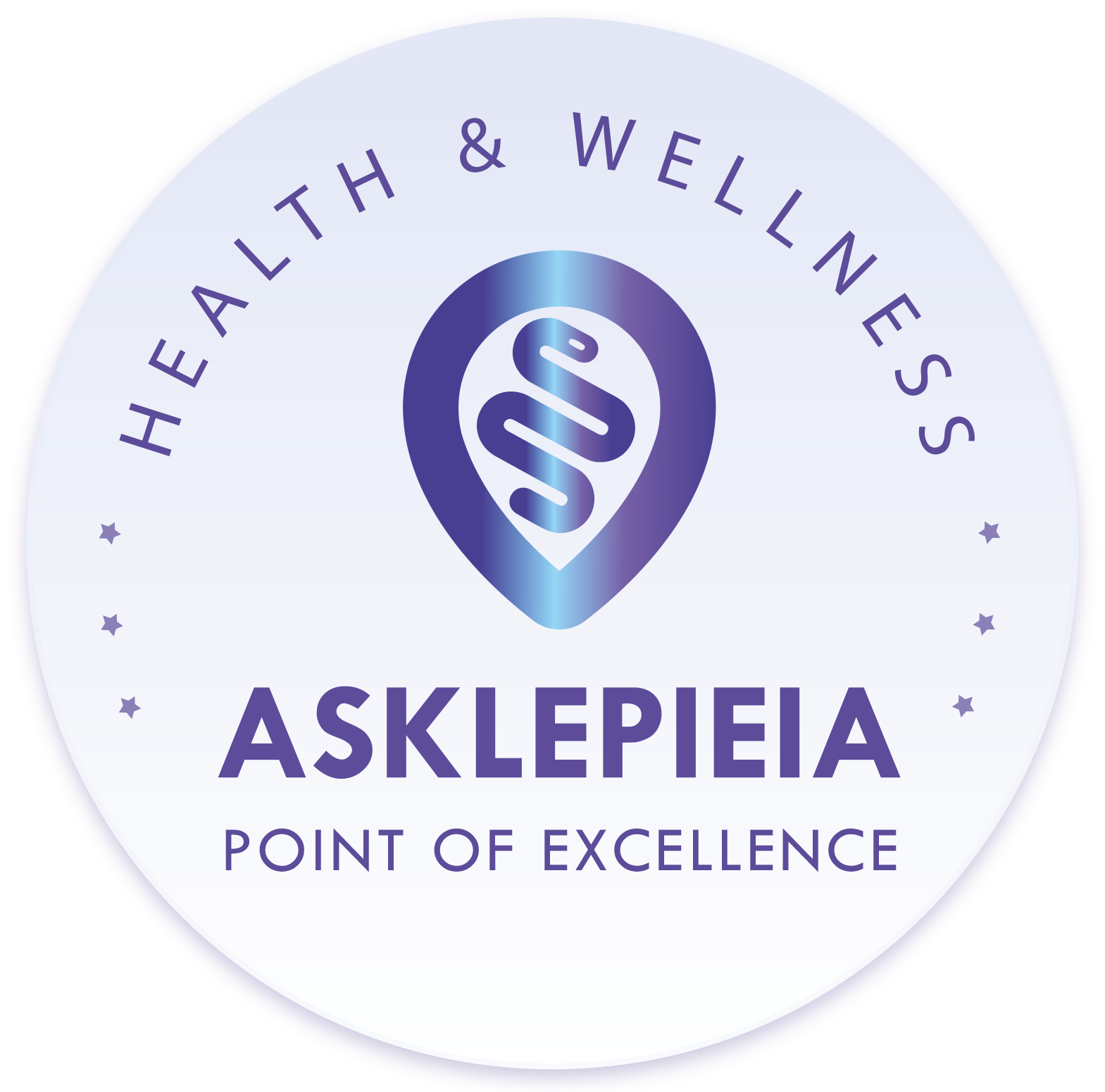A 35-year-old woman showed up at our doctor's office saying that "I hate my smile and I can't chew. "My dentist claims that my teeth are fine."
The examination requires:
1) panoramic x-ray
2) occipital x-rays on the back teeth
3) initial prints for the construction of study molds
4) recording convergence
The needs of the patient and his aesthetics are taken into account to have the desired result.
"Mock ups" were made, ie temporary cases with synthetic resin, which were placed on the teeth without gluing to see the length, color and aesthetics of the front and back teeth and to talk to our patient.
But what were the problems?
- There were a lot of crooked teeth.
- Many discoloured seals were detected.
- Irregular bow.
- Lack of two lower left teeth.
- A problem with the colour of the teeth was detected
- There were many teeth with caries.
Restoration:
- Initially, the gums were treated with hair removal (cleansing) and then gingivoplasty with a diode laser. The procedure was performed without anaesthesia, without blood to restore the symmetry in her gums.
- Then we corrected the old seals with the help of the erbium laser with a longer lifespan (15-20 years).
- We continued grinding the front and rear teeth on the lower left to build a zirconium-porcelain bridge. We urged the patient to add two implants where there was a shortage.
- We chose zirconium as a restoration material, since we wanted "metal free" work, aesthetically excellent and at the same time very durable and with a long life.
- Teeth whitening was performed with KTP laser on the two front teeth. The KTP laser is considered the safest and "up to date" weapon in bleaching.
- We proceeded to the construction of porcelain veneers where in this way we can straighten the crooked teeth, to give back to the teeth their lost vitality, by adding slides, "to open" the arch backwards, to intervene in the color radically.
- After placing them all, a thin splint was made and we recommended her to wear it at night. Finally, we pointed out to her that she visits us every 6 months for check up and gum treatment.
The conclusion is that something that the patient considers impossible with a lot of work and excellent materials is always possible.



 back to top
back to top